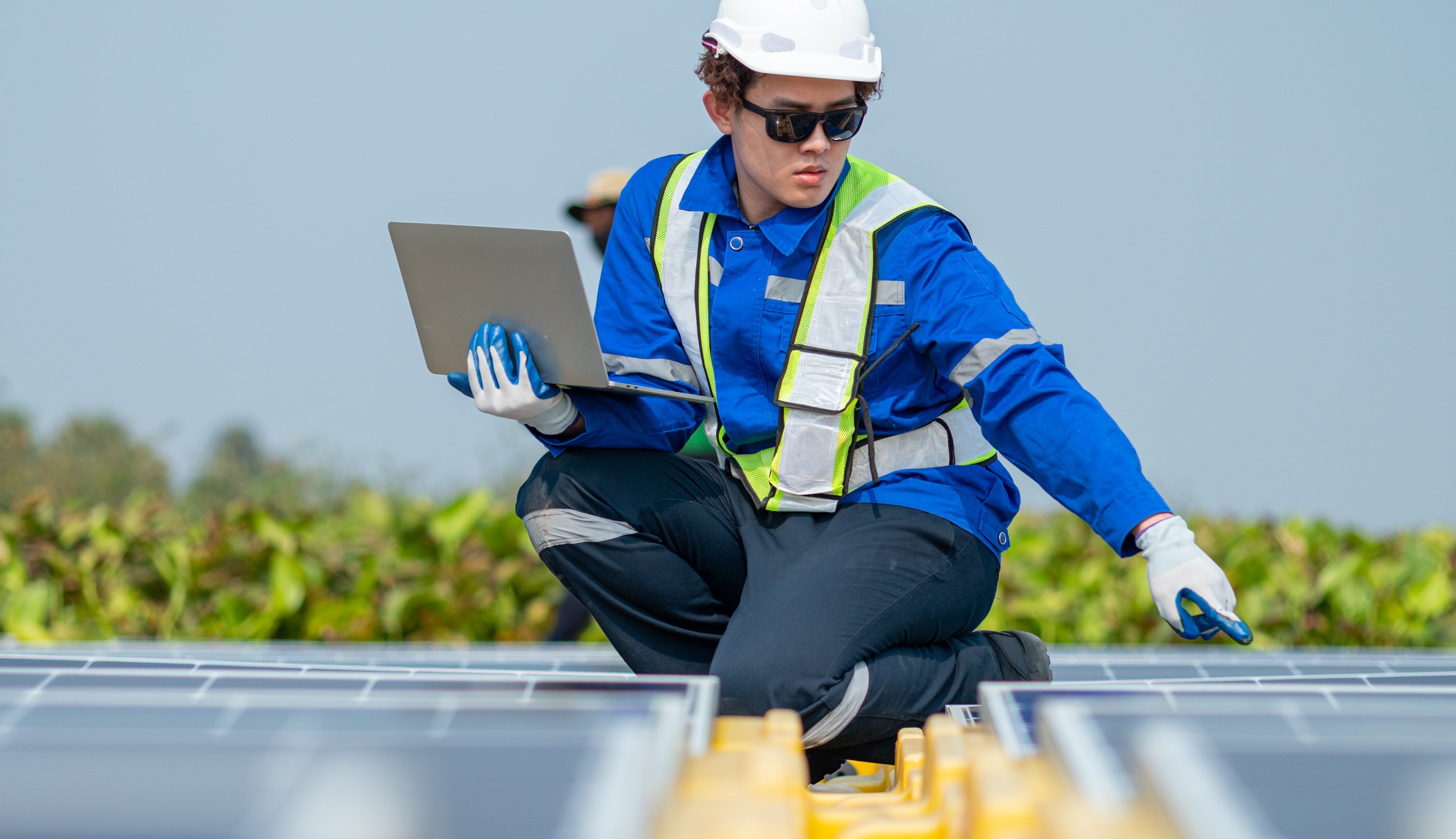The DG Solar Moment Is Now — Even if Washington Isn’t Paying Attention

Let’s not sugarcoat it — the clean energy headlines out of D.C. lately haven’t exactly been cheerful. Tariffs. Tax credit rollbacks. Federal freezes. If you’re in the business of utility-scale renewables, you’re feeling the pressure.
But here’s the thing: distributed generation (DG) solar? It's a different story. And it's one that utilities, developers, and even policymakers are starting to take seriously — whether they admit it loudly or not.
At Jolt Express, we’re in the middle of this shift. We see firsthand how DG solar and other distributed energy resources (DERs) are stepping up where large, centralized projects are stalled. If you're looking for signs that DG is the smarter, faster, more flexible path forward, just take a look at the storm clouds gathering around utility-scale projects — and the clear skies opening up for DG.
Utility-Scale Is Gridlocked. DG Is Moving Fast.
We’re in what Utility Dive called a “perfect storm” for big clean energy projects. With Trump-era tariffs on solar panels and batteries from key countries like Vietnam and China (up to 145%!), plus frozen permitting and funding rollbacks, the traditional path to clean energy is suddenly looking very 2010.
The impact? According to the Solar Energy Industries Association (SEIA), “distributed solar and distributed storage can come online much more quickly than larger resources.” In other words: we don’t have to wait years for the grid to catch up. We can get started now.
Distributed projects avoid many of the bottlenecks that utility-scale developments face. No massive land deals. No years-long interconnection queues. Just faster deployment, community-level resilience, and flexible scale.
Virtual Power Plants Are the New Utility
So where does this all go? Toward virtual power plants (VPPs) — the next-gen way to aggregate smaller, local assets into grid-ready solutions. Whether it's solar panels on rooftops, batteries in garages, or thermostats and EV chargers, these tools can work together to do what a central power plant used to do — only faster and closer to where the energy is actually used.
SEIA’s roadmap calls for 10 million distributed energy storage systems and 700 GWh of capacity by 2030. Some utilities are already jumping in. Xcel Energy, for example, is planning to build a massive 440 MW of distributed solar and 400 MW of storage into one of the country’s largest VPPs.
As Nate Walkingshaw from Torus put it, “[VPPs] can be seen at the same size, scale, quality and reliability as monolithic grid-tied architecture and are 100% viable today.”
It’s Not Just a Back-Up Plan — It’s the Main Event
Let’s be real: the U.S. is on track for a 50% increase in electricity demand by 2035. That kind of demand isn’t going to wait around for more pipelines or new natural gas turbines. In fact, NextEra says new gas turbine production is tied up until 2030.
But the U.S. already has over 100 GW of DERs sitting on the grid. That’s right now. We don’t have to break ground. We just have to connect the dots — or better yet, let platforms like Jolt Express help buyers and sellers of DG solar do it.
So What’s Holding Us Back?
There are still hurdles, of course. State-level policies are a mixed bag. California’s NEM 3.0 made batteries more appealing but slowed down solar-only installs. And supply chains? They're still volatile. But DG solar is proving resilient — even more attractive — in these uncertain times.
Here’s what matters: distributed energy doesn’t need perfect policy or presidential support to work. It just needs people — developers, buyers, and communities — willing to act. That’s what we’re seeing on Jolt every day. And it’s why the future of clean energy might look a lot more local than anyone expected.
Jolt Express: Your Marketplace for the DG Moment
We’re not building a grid from scratch. We’re building connections — between energy users and producers, developers and EPCs, battery integrators and solar installers. If you’re in the DG space, you belong here.
As the big guys keep battling in courtrooms and boardrooms, the real work is happening in the field — on rooftops, in industrial parks, and in the projects that don’t need a federal ribbon-cutting to get started.
The DG era is already here. Let’s build it together.
-1.jpg?width=352&name=envato-labs-image-edit%20(1)-1.jpg)

.jpg?width=352&name=envato-labs-image-edit%20(3).jpg)